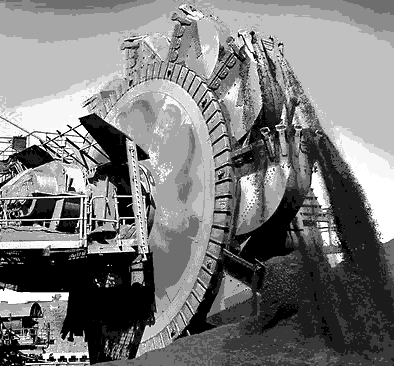Critical change coming
 The federal government may soon add new materials to Australia’s ‘critical minerals’ list.
The federal government may soon add new materials to Australia’s ‘critical minerals’ list.
The Albanese government has announced a significant investment of $500 million from the Northern Australia Infrastructure Facility (NAIF) to propel the growth of the critical minerals processing industry.
The move aims to stimulate economic activity and generate approximately $133.5 billion while creating 262,600 new jobs by 2040.
With countries worldwide striving to enhance energy security and reduce dependence on China for crucial minerals like lithium, the federal government has also declared a review of Australia's critical minerals list by 2026.
Resources and Northern Australia Minister Madeleine King is set to unveil the long-awaited strategy this week, seeking to bolster downstream processing and manufacturing of critical minerals used in renewable energy technologies such as batteries, electric vehicles, wind turbines, and solar panels.
Despite concerns about the cost-effectiveness of establishing processing facilities or battery factories in Australia, the federal government aims to position the country as a prominent global producer of raw and processed critical minerals by 2030 and develop sovereign capability in critical minerals processing.
The $500 million investment from NAIF is anticipated to be the federal government's primary financial contribution to the sector, complementing the existing $2 billion Critical Minerals Facility administered by Export Finance Australia.
While the government’s strategy documents refrain from explicitly mentioning China, they emphasise the monitoring of foreign investment in Australian critical minerals projects to safeguard national interests.
Ms King has acknowledged the challenges Australia faces in the global competition for essential resources in defence, space, energy, and transportation industries.
The report indicates a projected 40-fold increase in demand for battery minerals like lithium between 2020 and 2040, with cobalt and graphite demand expected to surge by about 20 times.
Analysts say Australia is in a favourable position due to its vast untapped reserves of critical minerals, including cobalt, lithium, manganese, rare earth elements, tungsten, and vanadium.
However, the federal government cautions that certain Australian processors and manufacturers may encounter difficulties in accessing mineral supplies in the future, as most of these resources are currently exported overseas.
“The new critical minerals strategy outlines the enormous opportunity to develop the sector and new downstream industries which will support Australia’s economy and global efforts to lower emissions for decades to come,” Ms King says.
To fund this initiative, $500 million will be ringfenced from the next $2 billion tranche of funding allocated to NAIF.
The NAIF, established by the former Coalition government, finances projects in northern states.
With $1.1 billion remaining from the initial $5 billion commitment to NAIF, a bill before parliament proposes an additional injection of $2 billion, raising the total available funds to $3.1 billion.
The $500 million investment from NAIF is anticipated to have no specific restrictions as long as it aligns with the federal government's critical minerals strategy.
Furthermore, the government intends to attract international investment in downstream processing and manufacturing sectors.
It will conduct an analysis of the minerals required by emerging downstream processing and manufacturing industries in terms of type and volume.
As part of the critical minerals strategy release, the federal government commits to reviewing Australia's existing list of 26 critical minerals.
This mirrors the approach taken by other countries to strengthen energy security and reduce reliance on China for key products like lithium.
Industry proponents have advocated for the inclusion of nickel, zinc, and tin in Australia's revised critical minerals list.
There is also a possibility of creating a secondary list specifically for elements essential in achieving net-zero emissions.








 Print
Print